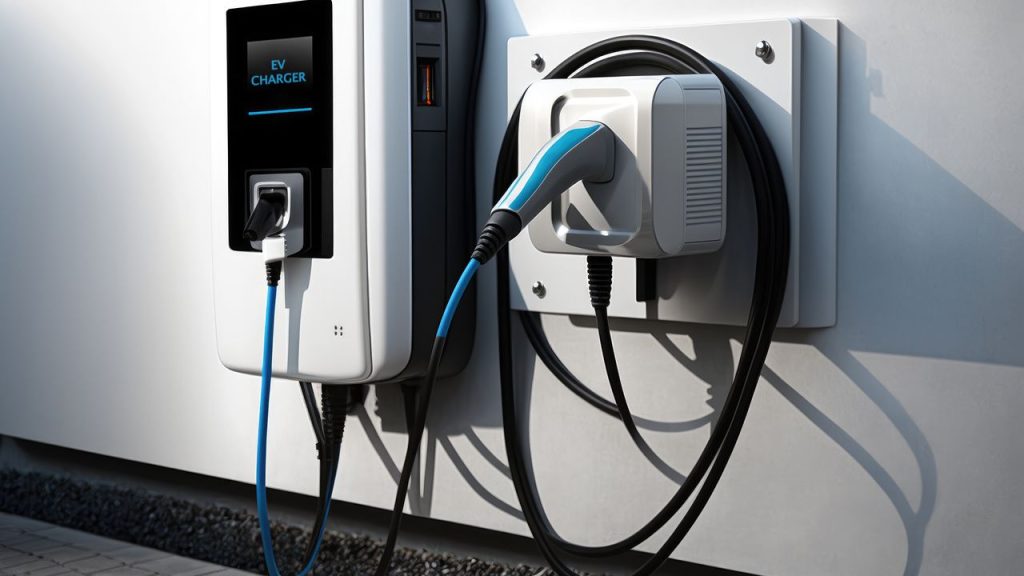Integrating EV Charging Platforms: Unlocking the Power of Web Services
As the demand for electric vehicles (EVs) continues to rise, the need for efficient and reliable charging infrastructure becomes increasingly important. EV charging platform integration plays a crucial role in streamlining the charging process and enhancing the overall user experience. In this blog post, we will explore the benefits of integrating charging platforms with web services, third-party applications, and payment gateways.
Charging Platform Web Services Integration
Integrating EV charging platforms with web services allows for seamless communication between different systems. By leveraging web services, charging platforms can connect with various applications and databases, enabling real-time data exchange and enhancing functionality.
One of the key advantages of web services integration is the ability to access and share charging station data. This includes information such as availability, charging rates, and charging history. By making this data available through web services, EV drivers can easily find and reserve charging stations, while charging operators can monitor and manage their infrastructure more efficiently.
Furthermore, web services integration enables charging platforms to interact with other smart systems, such as energy management systems or renewable energy sources. This integration allows for better coordination between charging stations and energy supply, optimizing charging times and reducing the strain on the electrical grid.
Charging Platform Third-Party Integrations
In addition to web services integration, charging platforms can benefit from integrating with third-party applications. These integrations expand the functionality of the platform and provide users with a more comprehensive charging experience.
For example, integrating with navigation apps or EV charging aggregators allows drivers to easily locate charging stations along their route. This integration eliminates the need for manual searches and ensures a smoother and more convenient charging experience for EV owners.
Another valuable integration is with EV manufacturer apps. By integrating with these apps, charging platforms can provide personalized charging recommendations based on the specific EV model and battery characteristics. This ensures that EVs are charged optimally, extending battery life and maximizing range.
Charging Platform Payment Gateway Integration
Efficient and secure payment processing is a crucial aspect of any charging platform. Integrating with a payment gateway allows for seamless and secure transactions, ensuring a hassle-free payment experience for EV drivers.
By integrating with a payment gateway, charging platforms can support various payment methods, including credit cards, mobile wallets, and RFID cards. This flexibility enables users to choose their preferred payment method, enhancing convenience and user satisfaction.
Moreover, payment gateway integration ensures the security of transactions by encrypting sensitive payment information. This protects both the charging platform and the users from potential fraud or data breaches.
Conclusion
Integrating EV charging platforms with web services, third-party applications, and payment gateways offers numerous benefits for both charging operators and EV drivers. From real-time data exchange and enhanced functionality to seamless payment processing, these integrations unlock the full potential of EV charging infrastructure.
As the EV industry continues to evolve, the importance of integration becomes even more evident. Charging platform providers should prioritize integration capabilities to stay ahead of the competition and provide a superior charging experience for EV owners.


